Seattle, Washington —(Map)
Scientists at the University of Washington (UW) have come up with an unusual way to help farmers get information about the plants in their fields: putting sensors on the backs of bumblebees.
Farmers already use drones – small aircraft controlled from the ground – to collect information about their crops (the plants farmers grow). But drones are limited: they can only fly for 10 to 20 minutes, and can only travel for a few miles.
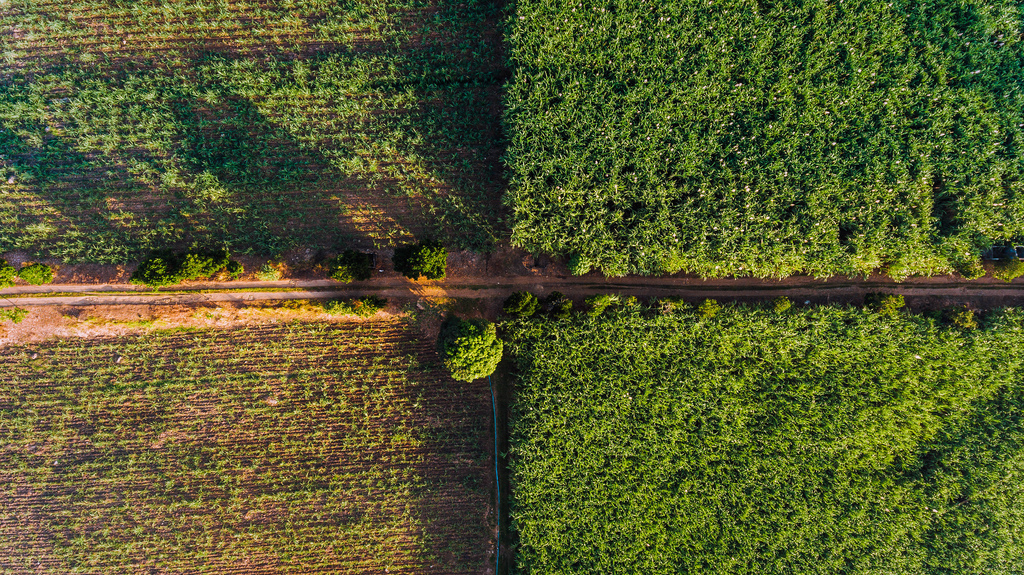
(Source: Marco Verch, via Flickr.com.)
Last year, the team at UW, showed off “RoboFly”, a tiny robot that weighed as much as a toothpick and could fly. But RoboFly couldn’t fly far at all and it needed a laser for power.
So the scientists began to think about things that already knew how to fly. That led them to the bumblebee.
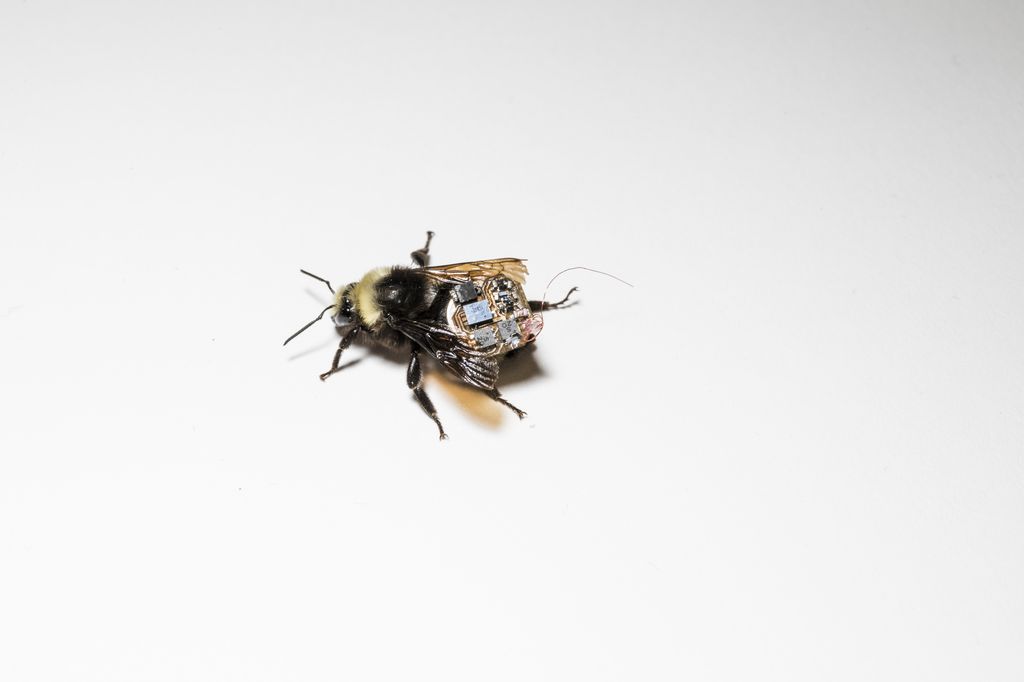
(Source: Mark Stone/University of Washington.)
Unlike drones or RoboFly, bumblebees can fly all day and can travel as far as 12 miles. Compared to many flying insects, bumblebees are large and strong. They are able to fly carrying almost as much as their own weight.
But how can bumblebees collect information?
The UW scientists created a special device with sensors, a small battery, and a way of storing tiny amounts of information. This “backpack” weighs about as much as seven grains of dry rice.
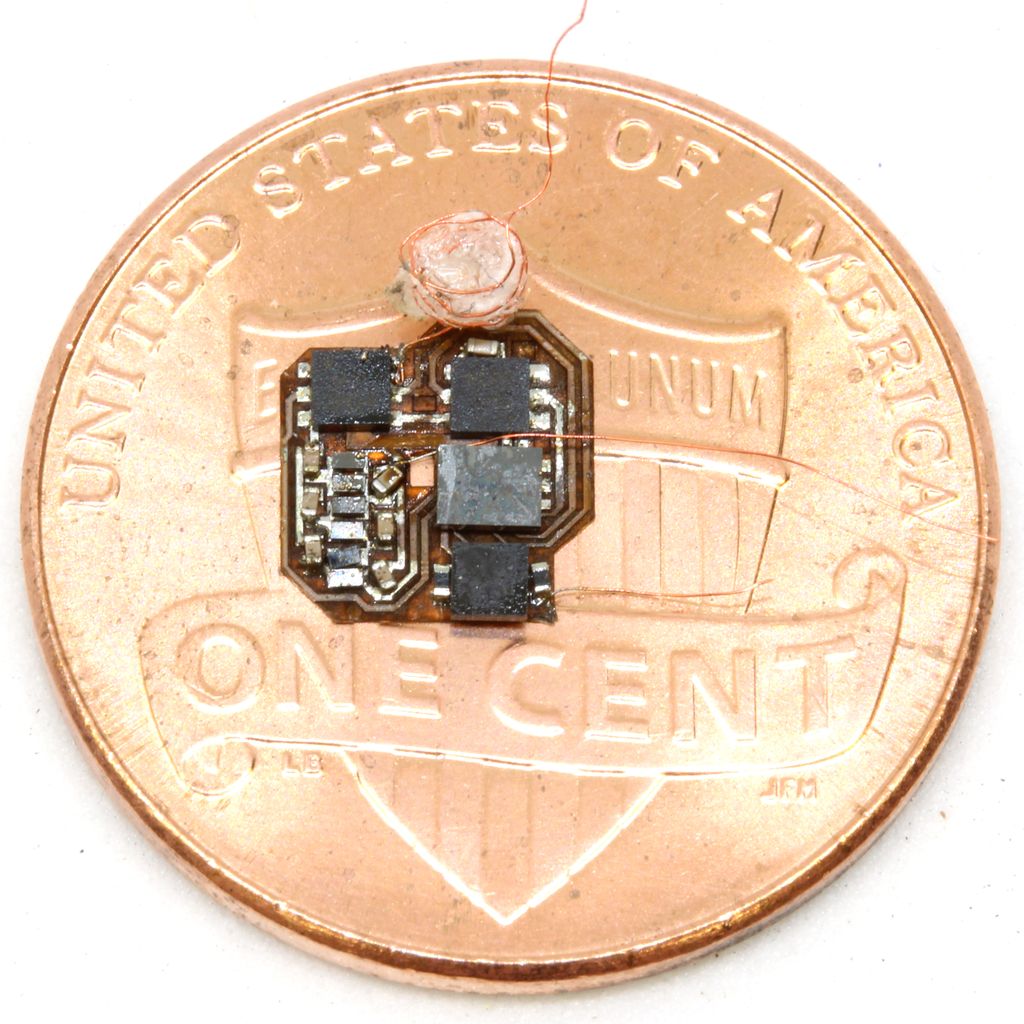
(Source: Mark Stone/University of Washington.)
To track the bee, the scientists send radio signals from several spots along the edges of the field where the bee is. The tiny computer on the bee’s back uses the strength of the signals to figure out where it is.
The system doesn’t show where the bee is while it is flying, but the backpack records it. The sensors can collect information about the temperature, light, and humidity (how moist the air is). When the bee returns to the hive at the end of the day, a device can wirelessly download the information the bee has collected. Another device can wirelessly recharge the backpack’s battery.
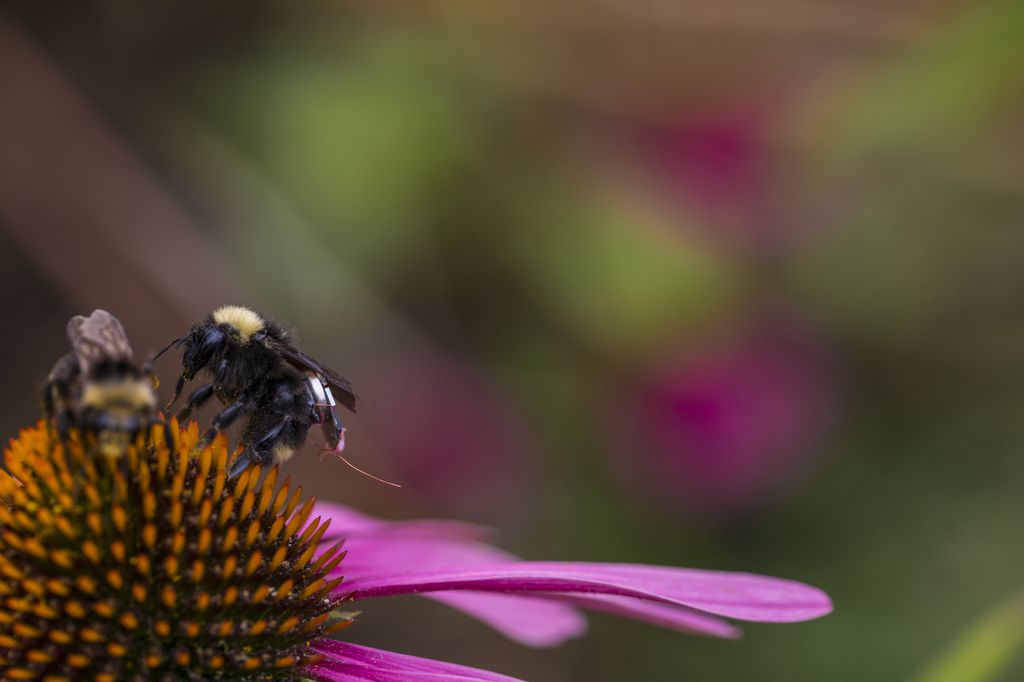
(Source: Mark Stone/University of Washington.)
The scientists think that their idea will be interesting to farmers who want information about what is going on in their fields. Farmers won’t be able to control where the bumblebees go, but the bees will be able to get close to plants in a way that drones cannot. The researchers say their system will be fairly cheap. The backpacks will only cost a few dollars.
One problem that will have to be solved is how to get the backpacks on the bees. In the UW experiment, the scientists cooled the bumblebees down so that they stopped moving, and then glued the backpacks onto the bees. But it would be difficult for farmers to do the same thing for hundreds of bumblebees.

(Source: Mark Stone/University of Washington.)
Another problem is that bumblebees don’t live long – about a month. Farmers would need to be careful as the bees got older, otherwise the tracker bees could die while they are out in the field, leaving the electronic litter behind.
The UW scientists say that after their experiment, they removed the backpacks from the local bumblebees, who were then set free.
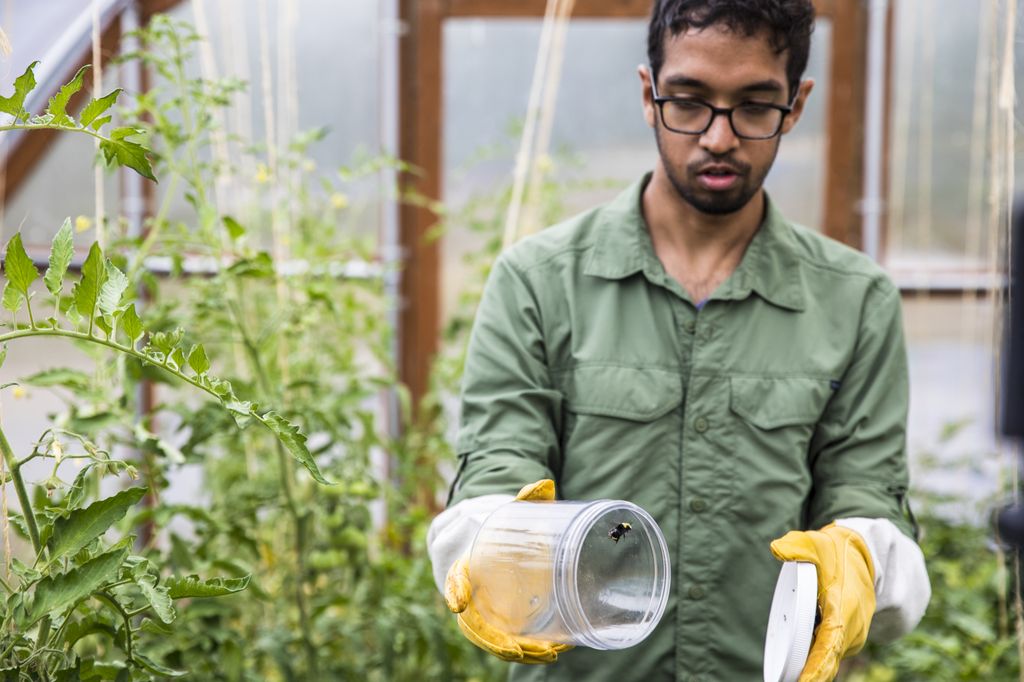
(Source: Mark Stone/University of Washington.)
😕
This map has not been loaded because of your cookie choices. To view the content, you can accept 'Non-necessary' cookies.
